This post is an extract of a conversation between myself and Chris Celada published in the current edition of ‘The Challenge,’ Reggio Emilia Australia’s quarterly journal. Chris is a teacher and Reggio Australia editorial board member. The article accompanied a case study in which I discussed the pedagogical and artistic underpinnings of an early year’s paint/coverage art studio, or ‘atelier’, run as part of my PhD fieldwork. The Atelier was shaped around an inquiry into Peter Lanyon’s ‘Glide Path’ painting. This conversation offered both Chris and I the opportunity to dig deeper into the philosophies, strategies and practices of working at the intersection of art and pedagogy.

Chris Celada: I am excited about the opportunity your article offers for deeper thinking and reflection. For many teachers, art is a ‘problem’ seeing themselves as not ‘artistic’. They provide ‘art’ experiences for children but perhaps do not recognise the power of ‘art’ to influence/ construct/challenge thinking for the children but also for themselves – to experience the power of ‘languages’. It is for these reasons that I think your article is very powerful. As I read your article, a variety of ‘questions’/ points of interest came to mind and I would be interested in what you might like to consider further as well. So as they say, let’s start at the beginning!
I saw links between your processes and those from the Reggio Emilia approach that I have read about, observed and now seek to practise. In particular, I noticed the cross-over with the project Children, Art, Artists: The Expressive Language of Children, the Artistic Language of Alberto Burri (Reggio Children, 2004) and Mosaic of marks words materials (Reggio Children, 2015).
You started your research with the adults considering Peter Lanyon’s painting ‘Glide Path.’ I discovered that this painting is one of a series of paintings made in response to his experiences as a glider pilot. When I knew that, I had a much more powerful way of entering into this painting. His larger body of work is beautiful and evocative, for example ‘Thermal’ (1960), ‘Drift’ (1961) and ‘Soaring flight’ (1960).
One reviewer compares the sudden changes in colours and textures, tilting axes and sharp changes in direction of marks in the paintings to the flight experience – an experience that in the end killed Lanyon. Another describes Lanyon as being “compelled to push things to extremes”, and rather than being concerned about form, space and colour, his painting are “about living and feeling outside the canvas”. Perhaps he would have felt empathy with Reggio Emilia where disruption and working in the unknown is so important.  Peter Lanyon ‘Glide path’ (1964). Oil on canvas.
Peter Lanyon ‘Glide path’ (1964). Oil on canvas.
The first area I would like to dig deeper into is the process of ‘reconnaissance’ that Malaguzzi describes in the The Hundred Languages of Children: The Reggio Emilia Approach (Edwards, Gandini & Forman, 1998, p. 88). How did the group’s decision to focus on ‘coverage’ and its relation to paint emerge from the ‘reconnaissance’ or pre-planning stage? I am curious to hear about the thinking and intentions in this process. Why was ‘Glide Path’ selected? What did you discover about line, form, shape and coverage in considering the painting? Why was ‘coverage’ selected as the focus? What is meant by ‘coverage’ when an artist talks about it? I look forward to reading your comments and what you are interested in discussing.
Louisa: I really enjoyed reading your questions and thoughts, thank you for sending them through. This conversation is a great opportunity to reflect upon different ideas. To me, discussing theories and practices with others is very useful in bringing together different perspectives and expanding ideas. Or even a bit like shining a torch on different spaces that might not usually see the light!
Before I talk about Peter Lanyon and the Atelier, I will briefly mention some key ideas underpinning this work. At the core of this research/practice is an investigation into how art can be used to construct different ways of thinking. This may include new thought processes, different understandings and relations towards oneself, other people and non-human things like artworks, materials, space and culture. Then to continuously question these understandings, as well as the process of how we arrived at them. This is both a personal and collective process full of contradictions, politics, ethics and emotions… Extending upon this, here are some thoughts in response to your questions:
‘Glide Path’ captures a sensation of flow, freedom and elevated movement over surfaces, space and earth. For me, this painting cannot be reduced to a bird’s-eye representation of the English countryside. It is a feeling of turbulence, rushing motion and emotion, things colliding and intersecting in chaotic ways in a changing moment – a sense of soaring and drifting in unrestricted ways but always with the possibility of falling from a great height. This complexity of thought and affect offered a rich starting point for deeper collective inquiry amongst the team.
Lanyon’s use of paint made it a natural fit to bring into the Atelier as it presented the possibilities for rich tactile and sensory experiences for young children and their families. As a team, we were not solely interested in teaching children about the techniques and properties of paint, such as how to roll it or how to use a paint brush, although these are very important, but to also consider the thought process that this material might provoke, how it might challenge children and their families to think differently through experimenting with it. We were thinking about what a material or artwork may suggest or invite…
‘Glide Path’ offered many possibilities to connect and explore an array of artistic concepts such as line, form and shape. There was something in the combination of ‘coverage’ and ‘flying’ that made a particularly strong pairing worthy of deeper investigation. The action of ‘covering’ seemed intricately connected to a feeling of gliding. Just like the wind changes a glider’s speed from rapid to slow, thought patterns and making in the Atelier continuously flux through different rhythms too – from grand outbursts of paint pouring to gentle drips, quiet consideration and stillness. Like the creative process, the act of gliding is unpredictable – plunging into the unknown, an awareness of freedom, movement but also the possibility of stagnation, disappointment and falling.
The concept of ‘coverage’ was approached as an invitation for children and their families to think with and through. Evidencing a linear relationship between introducing the concept and a child ‘learning what this is’ was never the goal. Instead we began to consider the possibilities for research – social, emotional, aesthetic and intellectual research – with and through the concept and the material.
Such explorations of ‘coverage’ are also philosophical ones. What is presented? What is concealed and protected? What is revealed? How does someone or something transform through different layers being taken away or others being positioned on top? What new relations can be construction between coverage, paint and other complexities of the world?

Chris: I greatly enjoyed reading your comments which set my mind whirling! And I realised that my thinking is intimately connected to experience as is yours! When I looked at a wide selection of Lanyon paintings, the one chosen for the Atelier was not my ‘favourite’. Somehow the colours were ‘wrong’! I found some of the others allowed me to ‘feel’ the movement of the to-ing and fro-ing of the glider; to feel what I imagined as the ‘peace’ of being up in the sky, but lines covering blocks of colour, what appears to be areas where very thin layers have been added over other colours, or maybe colour has been ‘removed’ to give that effect. The idea of bringing ‘coverage’ and ‘flying’ together was new for me and very powerful. I have just returned from Europe and I ‘covered’ a lot of sky during the various flights. We had to fly from Dubai to Cyprus. The plane was making deliberate zigzag patterns to stay well away from firstly Yemen, then Syria – in no sense was this the shortest route. We covered a lot of ground. I started to think about the ‘coverage’ I create each day – in my home, at work, in my town, then the ‘coverage’ I create in/of ideas, feelings and relations. I was then reminded of the phrase often used in education in relation to the curriculum ‘we need to cover this/that topic’ so for me the initial question of ‘what is meant by coverage’ has moved far, far away from a lineal concept and now has brought the fonts of knowing spoken about by Reggio Emilia together – ideas around rationality, emotion, imagination and aesthetics and their interconnections and interrelationships that are unpredictable and that have the possibility to disrupt one another.
‘Glide Path’ was more of, as you say, a bumpy ride, unexpected turbulence. Not my ‘preferred’ experience! However, I found that feeling the pleasurable flights in the other paintings, helped me to return to this one and maybe to be willing to have a bumpy ride, a moment of ‘excitement??’, maybe what people call ‘being truly alive.’ I came to realise that I couldn’t look at this painting in isolation, but only in relation to his other pieces. Seeing ‘Glide Path’ in the context of the larger body of work tells a more complex story.
The concept of ‘coverage’ is intriguing. If I look just at this painting I notice one colour covering another, lines covering blocks of colour, what appears to be areas where very thin layers have been added over other colours, or maybe colour has been ‘removed’ to give that effect. The idea of bringing ‘coverage’ and ‘flying’ together was new for me and very powerful. I have just returned from Europe and I ‘covered’ a lot of sky during the various flights. We had to fly from Dubai to Cyprus. The plane was making deliberate zigzag patterns to stay well away from firstly Yemen, then Syria – in no sense was this the shortest route. We covered a lot of ground. I started to think about the ‘coverage’ I create each day – in my home, at work, in my town, then the ‘coverage’ I create in/of ideas, feelings and relations. I was then reminded of the phrase often used in education in relation to the curriculum ‘we need to cover this/that topic’ so for me the initial question of ‘what is meant by coverage’ has moved far, far away from a lineal concept and now has brought the fonts of knowing spoken about by Reggio Emilia together – ideas around rationality, emotion, imagination and aesthetics and their interconnections and interrelationships that are unpredictable and that have the possibility to disrupt one another.
Louisa: For me, Lanyon’s desire to take flight into the unknown as well as the act of distrupting thinking are such powerful human actions that take take real courage to enact. They require a will to let go and not to control; walking into the unknown, into the unfamiliar, the unidentifiable or perhaps swimming out into the ocean until your feet are just off the ground. That’s scary! But it is also where the exciting stuff happens…
continued in ‘The Challenge.’
The full version of this article has been published and distributed by Reggio Emilia Australia Information Exchange. To order a copy of the article, you can contact REAIE at: admin@reggioaustralia.org.au or at REAIE 442 Auburn Rd, Hawthorn, Victoria, 3122, Australia.
References
Reggio Children. (2004). Children, Art, Artists. the expressive languages of children, the artistic language of Alberto Burri. Reggio Emilia: Reggio Children.
Reggio Children. (2015). Mosaic of Marks Words Material. Reggio Emilia: Istituzione of the Municipality of Reggio Emilia.
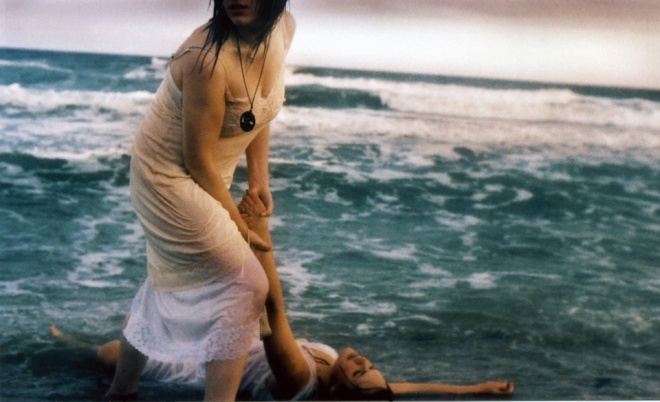
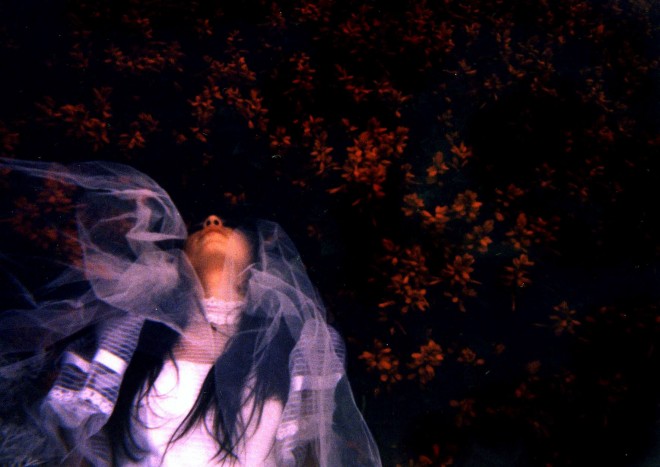
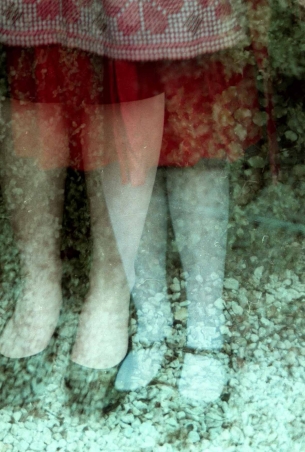
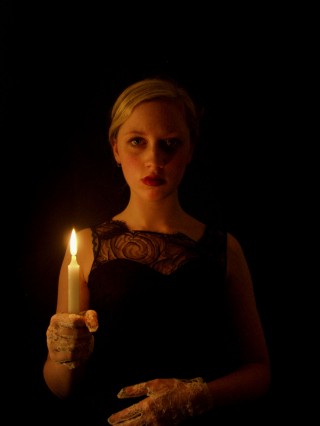
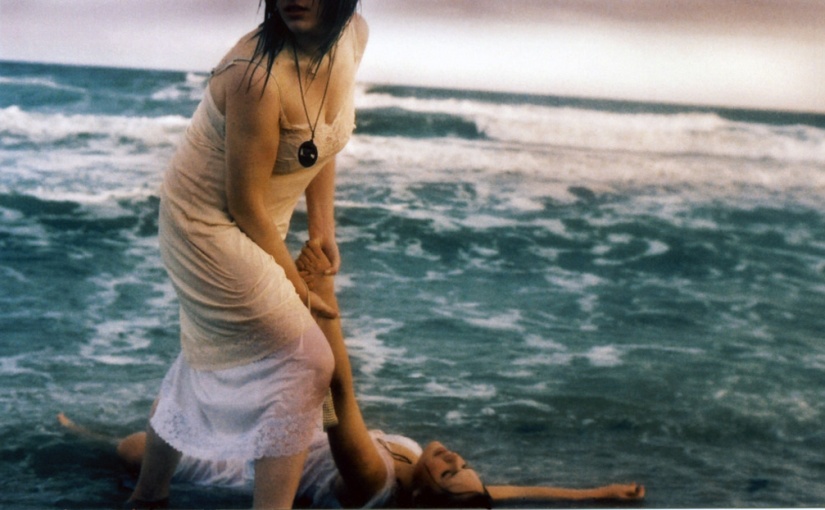
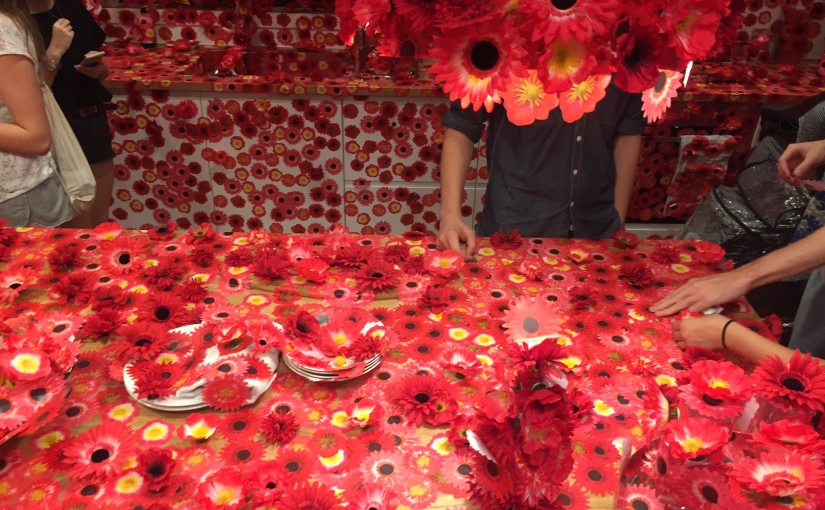
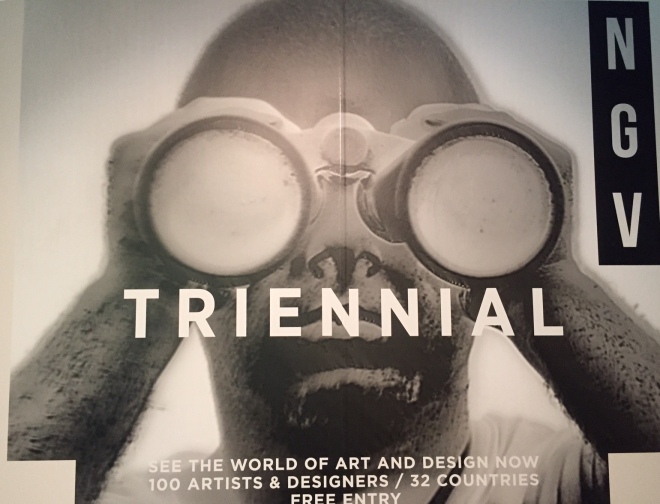
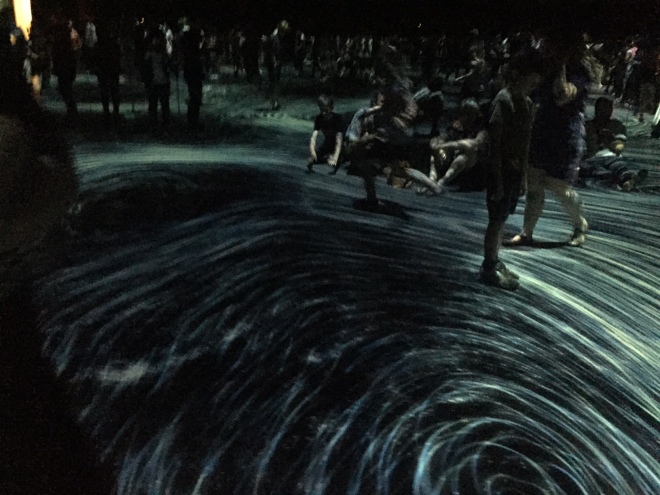
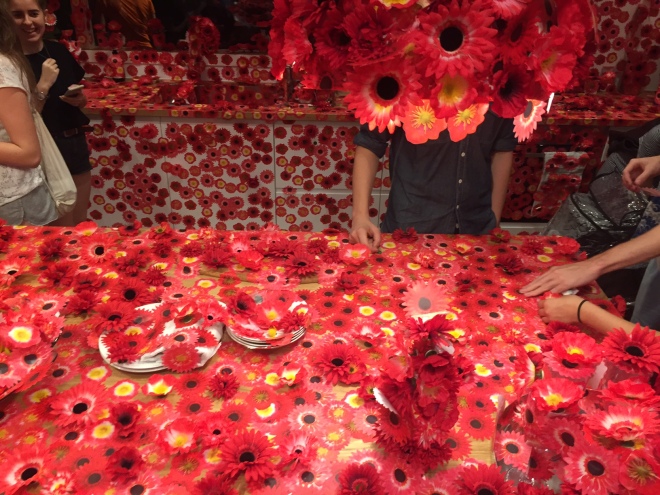
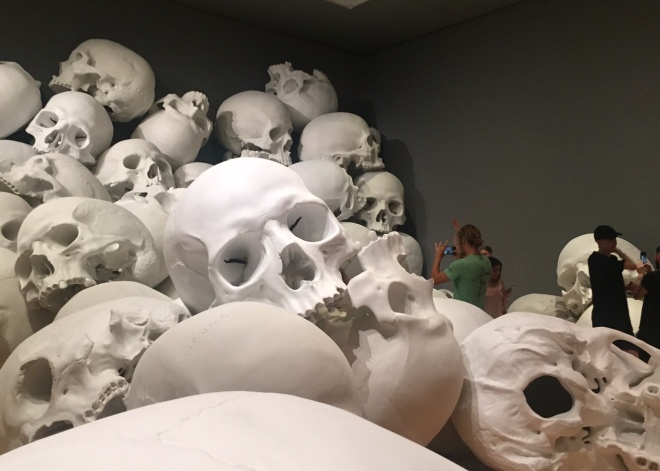
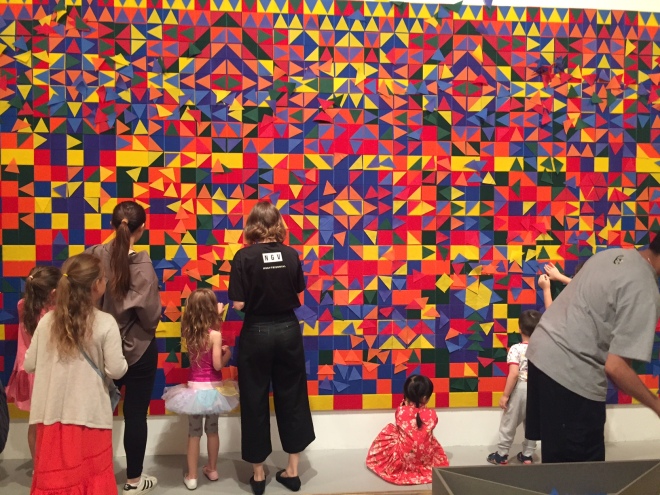
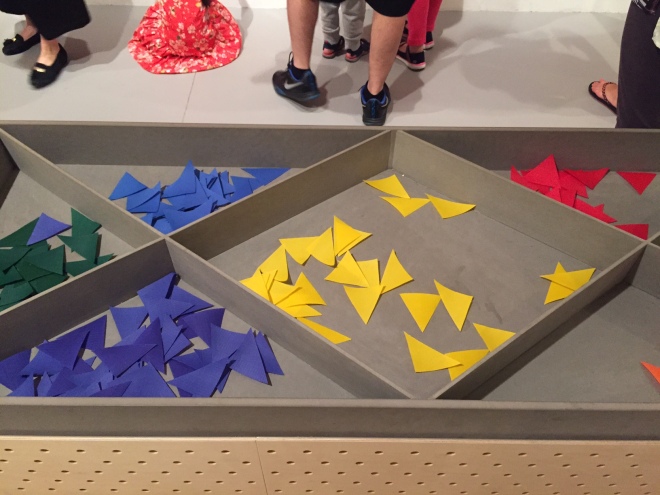
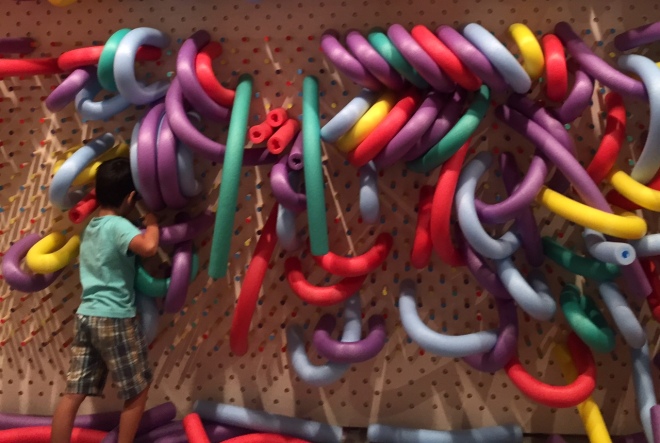


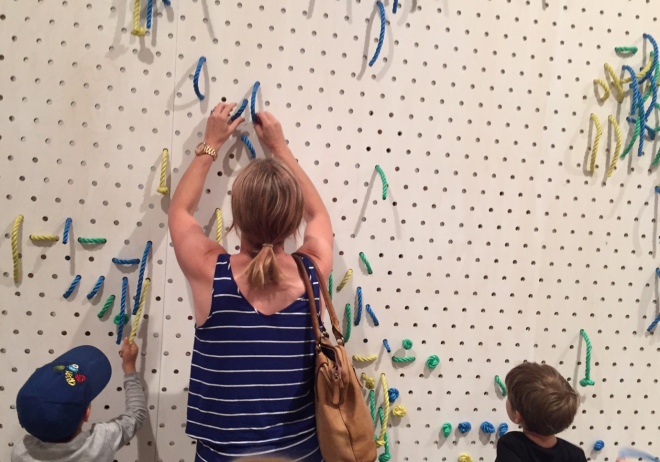
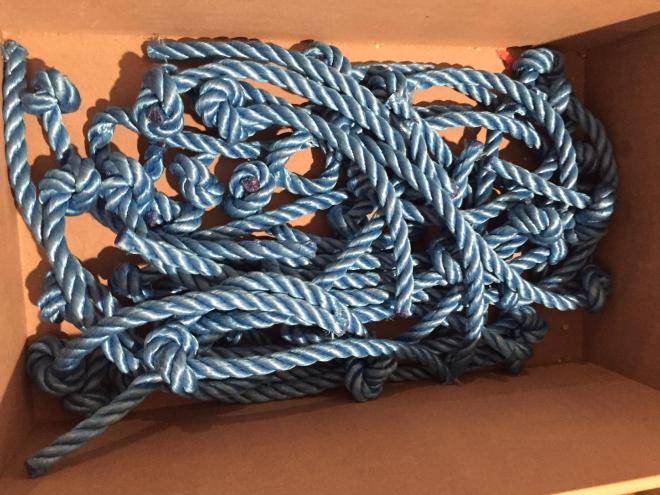
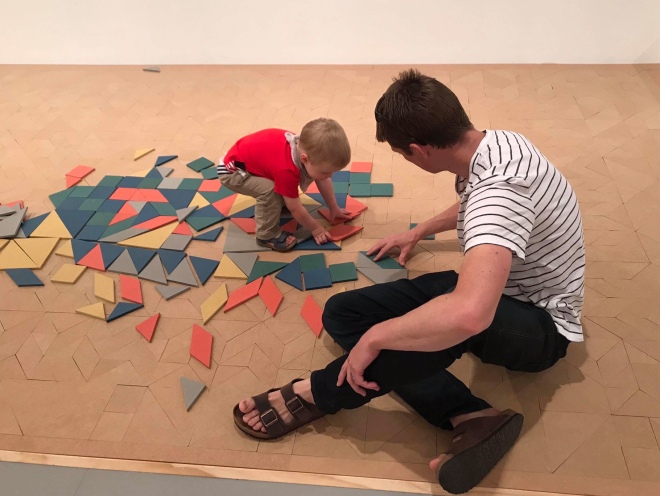
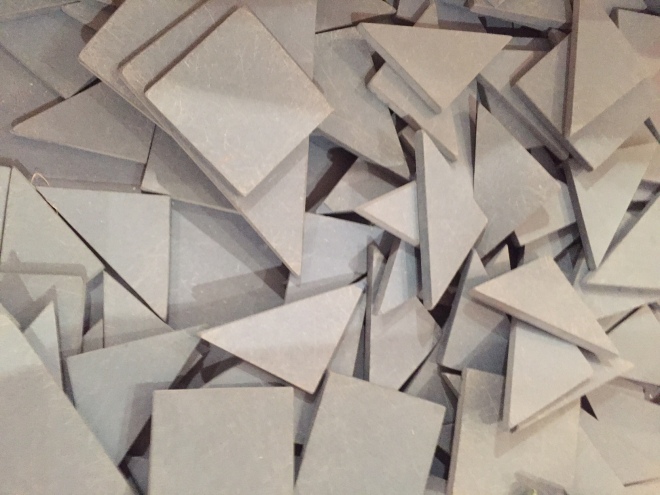
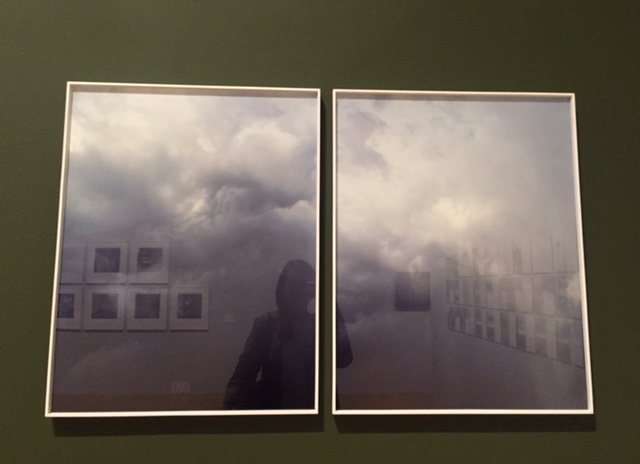






 Peter Lanyon ‘Glide path’ (1964). Oil on canvas.
Peter Lanyon ‘Glide path’ (1964). Oil on canvas.













